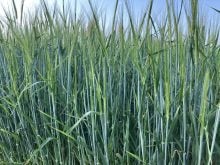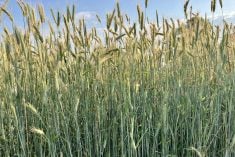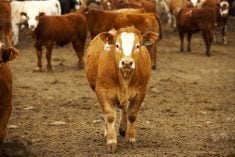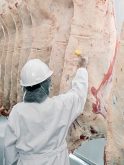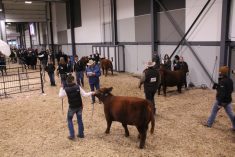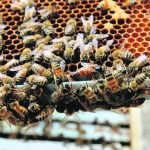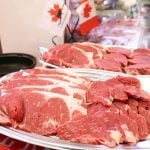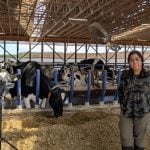The likelihood of a tariff-induced recession rises in the U.S. and worsening consumer sentiment jeopardizes what was expected to be a recovery year for food service and retail. So says Rabobank in its April Agribusiness Review. Trade disruption begins to weigh on pork values, leaving producers cautious, while milk production returns to growth while tariff risks linger. Beef demand remains strong across North America, with U.S. retail beef prices reaching new highs. Trade wars, macroeconomic uncertainty and the prospect of a record 2025/26 crop make it hard for corn producers to capitalize on improved old-crop fundamentals, says Rabobank.
Stronger beef and cattle demand across North America provides the markets for both with some resiliency in early 2025, says Rabobank. But uncertainty persists as the global market adjusts to trade news. Trade negotiations between the U.S. and its global partners are evolving every day. Rabobank expects that to continue throughout much of 2025. Yet for U.S. beef markets, one constant remains. U.S. consumers largely consume domestically sourced beef. U.S. beef imports in 2024 were record-large, surpassing 4.6 billion pounds. But that volume represented only 18 per cent of U.S. beef consumption. U.S. steer and heifer slaughter is approximately 66 per cent of domestic consumption, while another 16 per cent is from U.S. cull cows and bulls, says Rabobank.
U.S. beef exports are also a relatively small volume, representing 11 per cent of production in 2024, says Rabobank. Maintaining free-flowing cattle and beef trade with Canada and Mexico will remain important to U.S. processing capacity utilization as domestic cattle supplies decline.
Read Also
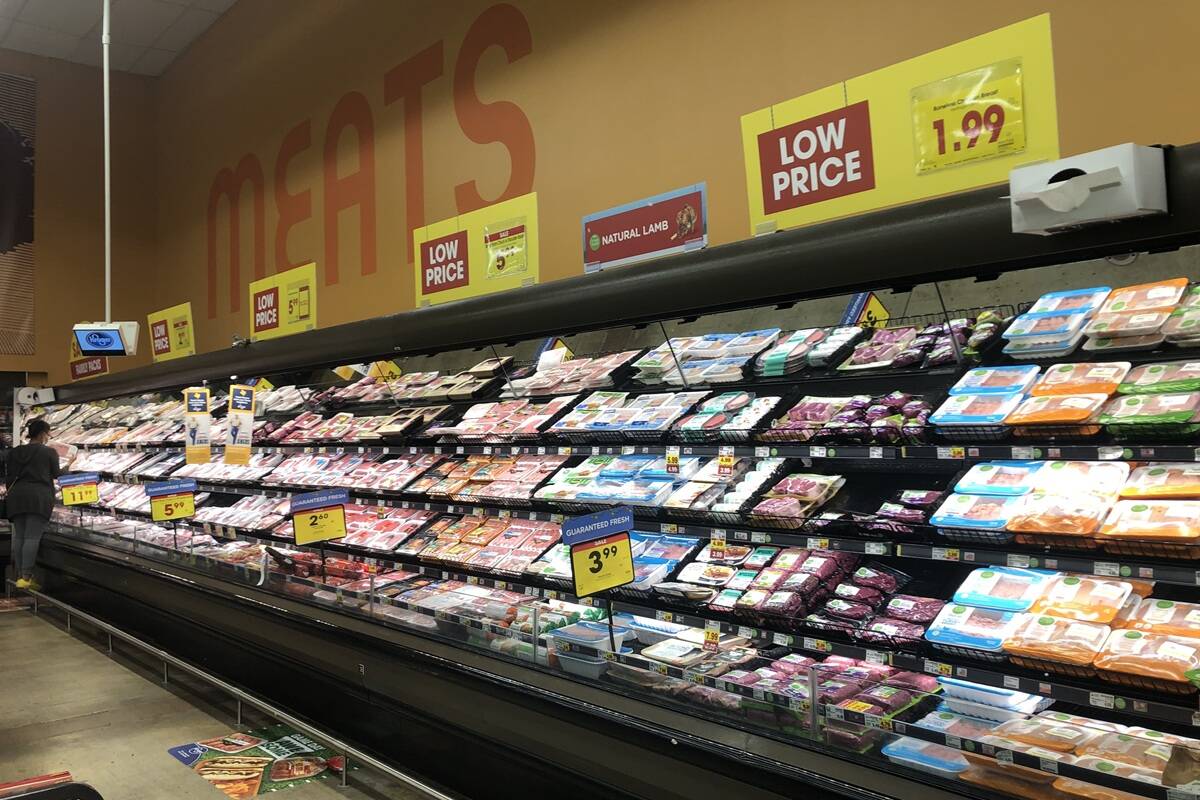
U.S beef industry faces demand risks and disease dangers
High beef prices and New World screwworm threaten beef demand and cattle health in the U.S.
Collectively, the North American trade partners represent 11 per cent of U.S. beef consumption. Furthermore, Chinese tariff and non-tariff barriers will complicate U.S. beef export market access, while China has been a top three market for U.S. beef over the last three years, it says.
Beef demand remains exceptional
U.S. beef demand remains exceptional ahead of the spring demand period, says Rabobank. USDA’s retail All Fresh beef price posted a new all-time high in March of $8.42 per pound (the Choice price was also a record high at $8.75 per pound). The two prices were up 6.7 per cent and 7.8 per cent, respectively, from March last year. Cutout prices were nine per cent higher over the same period. Per capita beef supplies were estimated to be two per cent stronger for the quarter, and retail and wholesale beef demand were up six per cent and nine per cent, respectively, compared to 2024.
However, potential threats to beef demand exist, says Rabobank. Recession risk is elevated and increased market uncertainty is dragging down consumer confidence. The good news is that the labour markets remain relatively strong and energy prices are declining. Middle meats tend to support cutout values in April and May as buyers prepare for the grilling season. Consumer concerns could weaken the market for those higher-end cuts that have been more responsible for recent year-over-year gains in cutout values, it says.
Mexican feeder and cattle and calf imports into the U.S. resumed in February for the first time since New World screwworm larvae were detected in Mexican cattle last November. Rabobank estimates that 400,000 head of potential cattle imports remained in Mexico due to the temporary trade restriction. The domestic market handled the additional cattle supplies without major issues. Nearly all cattle weights and classes are trading at or near all-time price highs, it says.
Meanwhile, Canadian cattle supplies adjusted lower and prices trend higher, says Rabobank. Aside from a brief correction as potential tariffs disrupted cattle markets in early March, Canadian cattle prices have been trading near record highs for most weight classes in 2025. Tighter cattle supplies remain price-supporting to the market. On January 1, beef cow inventories were down two per cent from a year earlier, feedlot inventories were down four per cent, and total feeder cattle and calf supplies were down two per cent. Federally inspected cattle slaughter is down eight per cent year-to-date, compared to 2024, says Rabobank.



